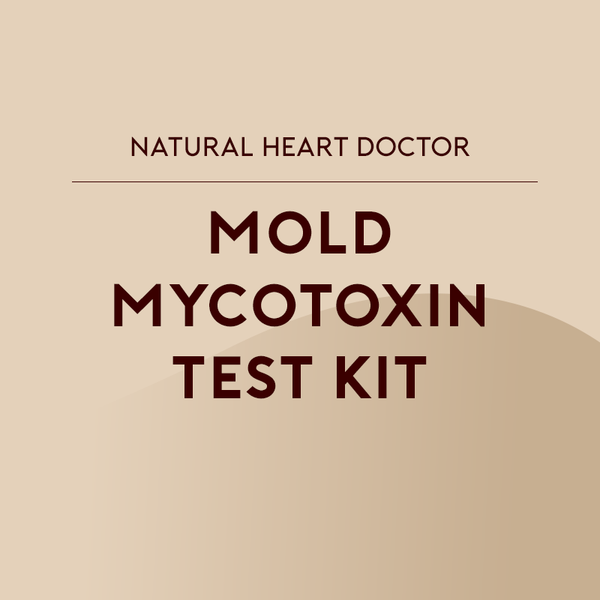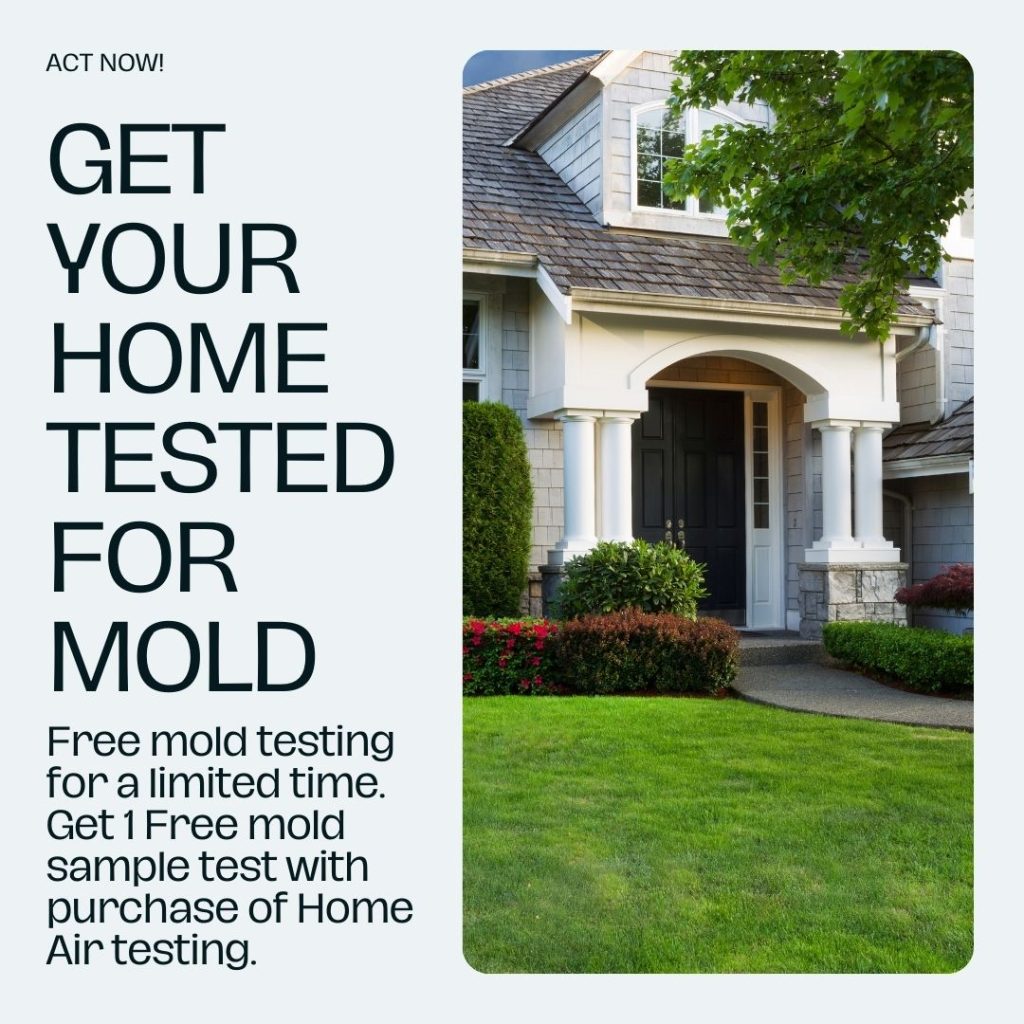Improve Your Security Methods with Expert Mycotoxin testing Services
Just How Mycotoxin Testing Assists Stop Contamination and Safeguard Food Materials

Mycotoxin testing is an indispensable method in the food sector, offering as a frontline protection versus contamination by damaging contaminants created by molds. With the application of sophisticated methods like High-Performance Liquid Chromatography (HPLC) and Fluid Chromatography-Mass Spectrometry (LC-MS), food producers can precisely measure and discover mycotoxin degrees in agricultural products.
Comprehending Mycotoxins
Comprehending mycotoxins starts with identifying that they are toxic secondary metabolites produced by certain molds, which can contaminate agricultural products. These metabolites are not vital for the growth or reproduction of the fungi however can have serious ramifications for human and animal wellness. Mycotoxins are generally discovered in staple plants such as corn, wheat, barley, and nuts, where they can multiply under details problems of moisture and temperature level.
There are several types of mycotoxins, each produced by different fungal types. Aflatoxins, generated by Aspergillus species, are among one of the most infamous, recognized for their carcinogenic residential properties. Another substantial group consists of ochratoxins, produced by Aspergillus and Penicillium varieties, which have nephrotoxic results. Fusarium types produce trichothecenes and fumonisins, both of which are related to numerous intense and chronic health concerns.

Threats of Mycotoxin Contamination
The risks of mycotoxin contamination are multifaceted, positioning substantial threats to both food safety and security and public wellness. Mycotoxins, hazardous compounds produced by specific types of fungi, can contaminate a vast array of agricultural items consisting of cereals, nuts, seasonings, dried out fruits, and coffee.
Financial effects are another significant issue. Infected crops can cause considerable economic losses for farmers and food producers as a result of minimized returns and the requirement for pricey decontamination procedures. Worldwide trade can be substantially hindered as countries enforce stringent mycotoxin regulations to secure their populaces, leading to rejected shipments and strained profession relationships.
Ecological factors such as climate modification worsen the threat of mycotoxin contamination. Variants in temperature and humidity can create desirable conditions for fungal growth, enhancing the possibility of contamination occasions. Thus, understanding and alleviating these threats are crucial for making sure the safety and security and honesty of global food supplies.
Techniques of Mycotoxin Checking
Properly recognizing mycotoxin contamination in agricultural products is necessary for safeguarding public health and wellness and preserving food safety and security criteria. Various techniques are employed to find and evaluate mycotoxins, each offering details advantages and limitations.
High-Performance Liquid Chromatography (HPLC) is a commonly utilized approach as a result of its high sensitivity and precision. It includes dividing mycotoxins from other substances in a sample, enabling accurate quantification. Fluid Chromatography-Mass Spectrometry (LC-MS) integrates fluid chromatography with mass spectrometry to supply in-depth molecular details, making it specifically valuable for determining numerous mycotoxins simultaneously.

Gas Chromatography-Mass Spectrometry (GC-MS) and Thin-Layer Chromatography (TENDER LOVING CARE) are likewise utilized, each with one-of-a-kind applications. GC-MS works for volatile mycotoxins, while TLC provides an easier, economical option for preliminary screening.
Benefits of Regular Evaluating
Routine testing for mycotoxins in agricultural products offers numerous advantages, dramatically contributing to public health and food safety. By determining contamination early, regular testing helps prevent the distribution of toxic foods, thereby lowering the threat of mycotoxin-related ailments amongst customers. This aggressive technique not only safeguards human health but additionally boosts the total top quality of food products.
Different nations Read Full Report and regions have developed rigorous limits for mycotoxin levels in food and feed. Adhering to these limitations via normal testing makes certain that providers and producers fulfill lawful criteria, thereby staying clear of fines and profession obstacles.
Furthermore, normal mycotoxin testing can lead to significant economic benefits. Early discovery of contamination enables timely treatment, lowering prospective losses from widespread contamination. Carrying out routine screening methods visit our website can additionally lessen recall costs and relevant responsibilities, which can be monetarily ruining.
Moreover, routine testing offers useful information that can educate far better farming practices and storage conditions. By understanding patterns of contamination, manufacturers can adopt safety nets, therefore reducing future threats and adding to the sustainability of the food supply chain.
Applying Evaluating Methods
Executing effective mycotoxin testing protocols is vital for making certain the safety and security and top quality of farming items. Establishing a robust screening framework entails several vital steps, starting with the recognition of prospective contamination factors within the manufacturing and supply chain. This consists of pre-harvest, post-harvest, storage space, and circulation phases. Each phase must be scrutinized to pinpoint where mycotoxin contamination is probably to occur.
When essential control factors are recognized, picking ideal screening techniques is essential. Common methods consist of enzyme-linked immunosorbent assay (ELISA), high-performance liquid chromatography (HPLC), and mass spectrometry (MS) Each method has its weaknesses and toughness; thus, selecting the appropriate one depends upon the specific mycotoxin being checked, the called for sensitivity, and offered sources.

Lastly, integrating the testing protocols into a comprehensive food safety administration system is wikipedia reference recommended. This enhances traceability and makes it possible for swift restorative activities when contamination is discovered, consequently safeguarding the stability of the food supply chain.
Conclusion
Mycotoxin screening is important in stopping contamination and guarding food supplies by allowing very early detection of damaging toxins generated by mold and mildews in agricultural items. Normal screening enhances brand name reputation, financial stability, and count on in food safety by minimizing contamination-related losses and keeping high criteria in food manufacturing.
Mycotoxin testing is an essential practice in the food industry, offering as a frontline protection versus contamination by unsafe contaminants generated by mold and mildews. An integrated method involving agricultural techniques, storage space administration, and regular screening can minimize the threats associated with mycotoxin contamination, guaranteeing food security and public health.
The threats of mycotoxin contamination are complex, posturing substantial risks to both food security and public health and wellness.Normal screening for mycotoxins in agricultural items uses various advantages, substantially adding to public health and food safety and security.Mycotoxin testing is necessary in stopping contamination and securing food materials by enabling very early detection of harmful toxic substances created by mold and mildews in agricultural products.